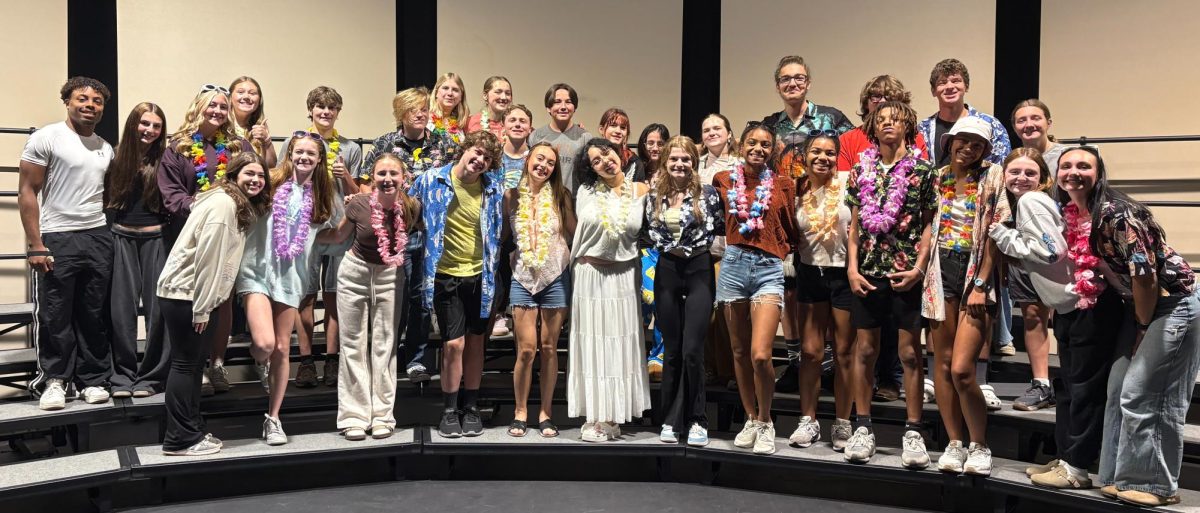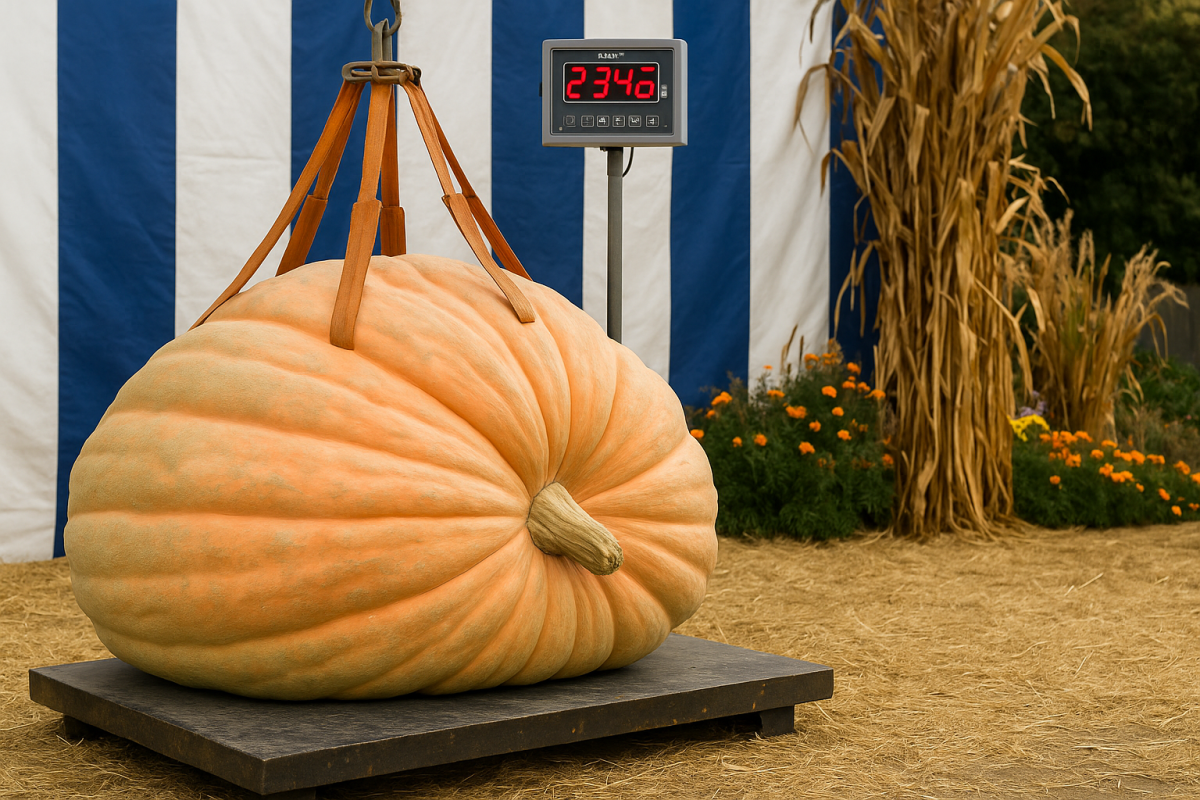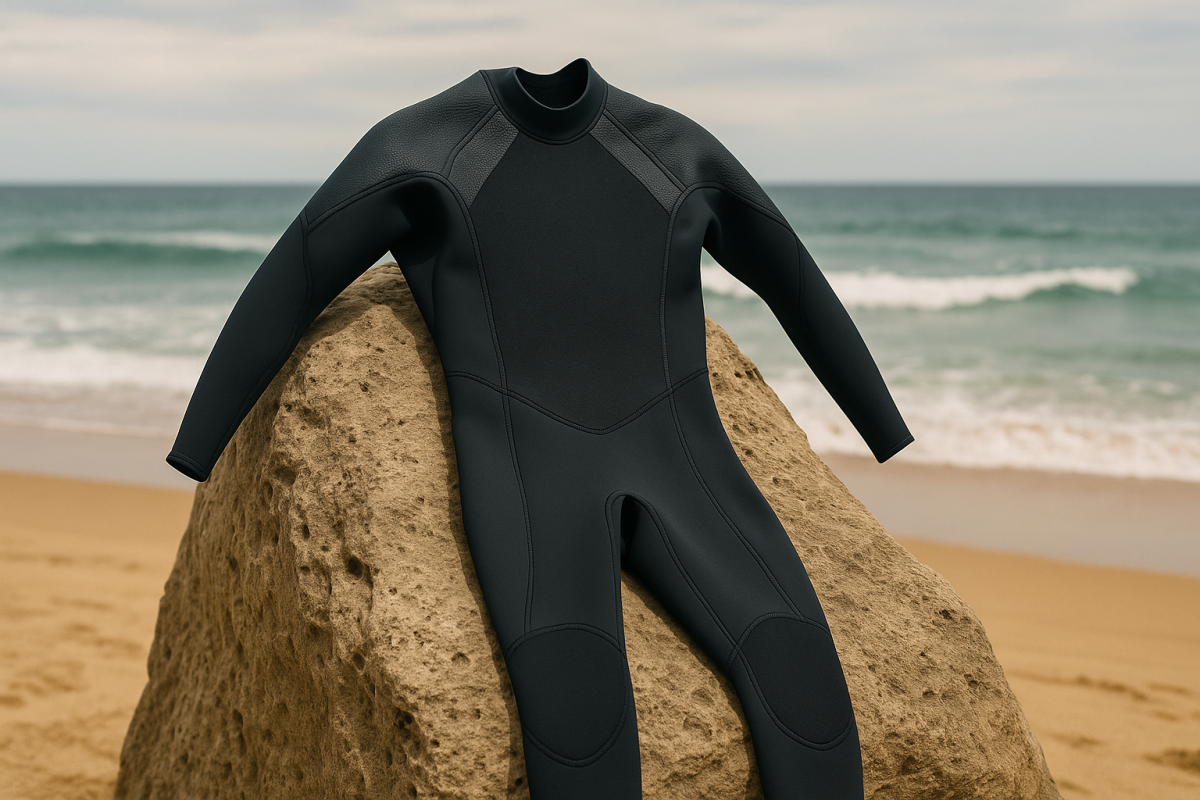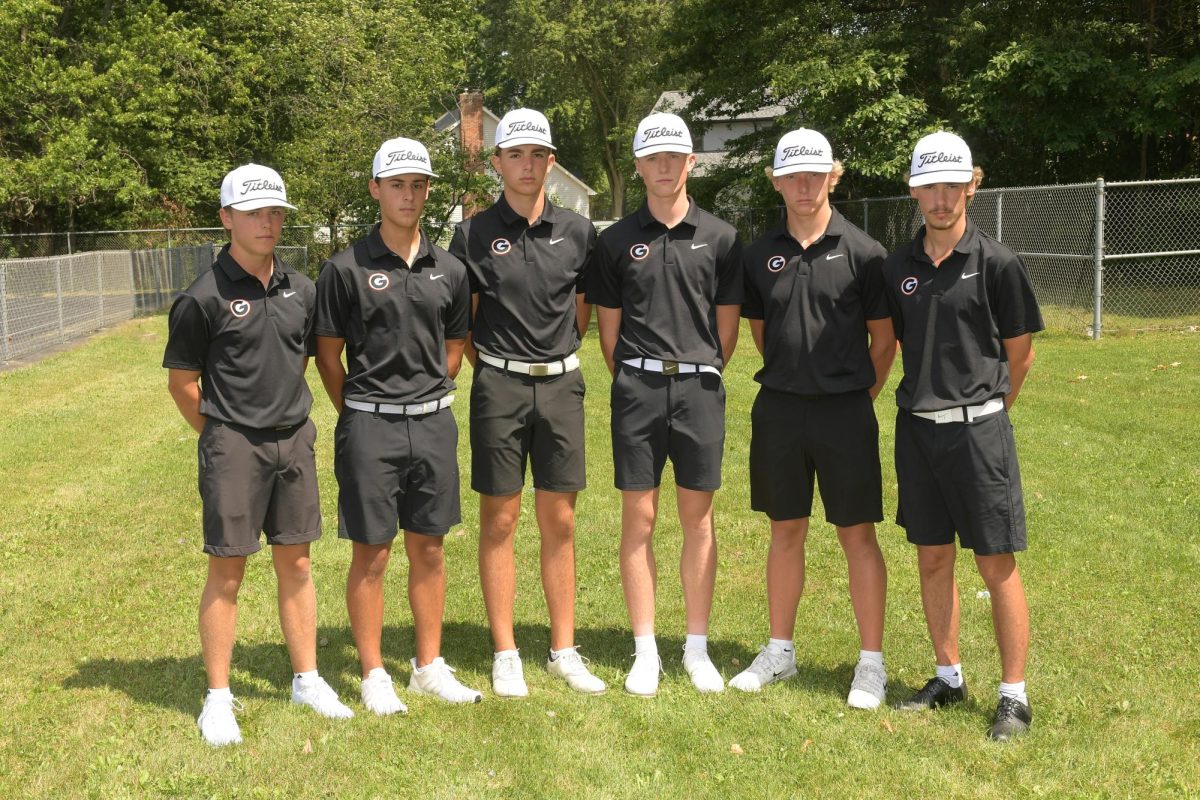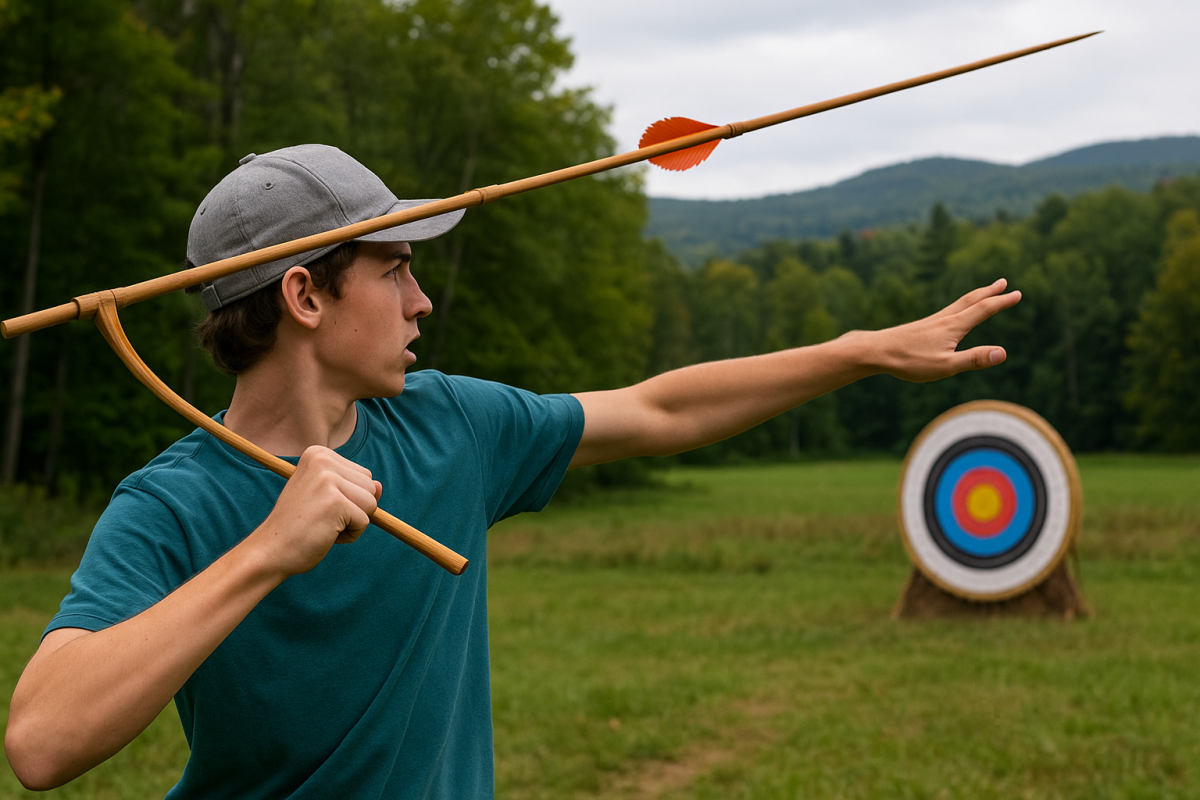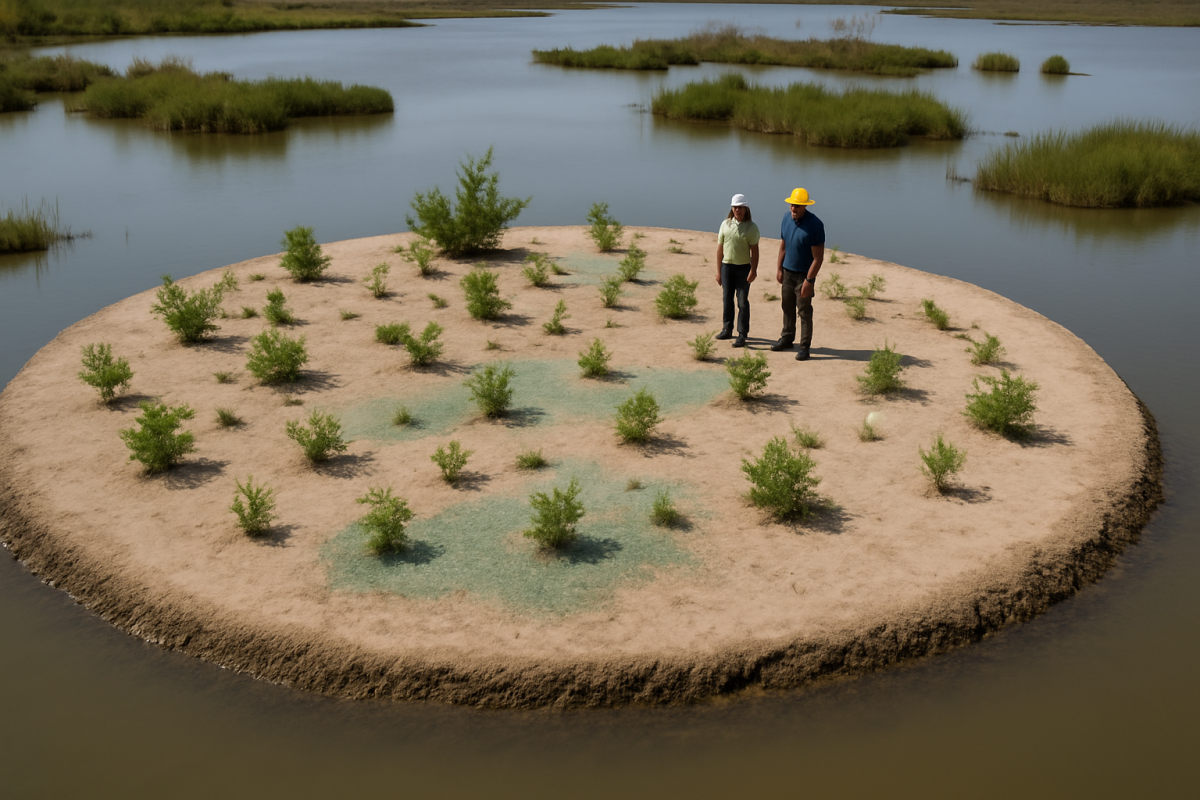Most people have heard of baseball bats or lacrosse sticks, but not many have heard of the atlatl. It’s an ancient spear-throwing tool invented thousands of years ago and once used to hunt giant animals like woolly mammoths. Today, a small but dedicated group of people keep the tradition alive, including participants in the Northeast Open Atlatl Championship held this month in Addison, Vermont.
One of the competitors, Celine Thouin, said she loves the sport because “it’s really fun and it feels like experimental archaeology.” She first learned the skill as a student at Franklin Pierce University, where she competed on the school’s atlatl team. The competition at Chimney Point State Historic Site was part of Vermont’s Archaeology Month and welcomed people of all ages.
“I think it’s cool that people still use something that old,” said one high school junior when asked about the event. Another student admitted, “I had to Google what an atlatl even was, but now I want to try it.”
Event organizers explained that the tool works like a lever to throw spears farther than by hand. Some throws can reach more than 800 feet, though accuracy is just as important. Douglas Bassett, a past president of the World Atlatl Association, even joked that the name itself is hard to pronounce. Most people say it like “aht-LAHT-l.”
For history fans, the atlatl offers a direct connection to the past. For students, it sparks curiosity about how ancient tools shaped survival. “It’s kind of wild to think high school sports today and ancient hunting tools both focus on skill and practice,” said another student.
While it may never rival football or basketball, the atlatl continues to inspire new generations to look back at history and throw a little farther into the future.

